How to Make an Extra $100 a Day by Creating Digital Products Entirely With AI (for Free)
We’re going to use everything from Claude to Copilot and Canva to create a 25-page digital product.
You know, I’ve been making money by selling my digital products for over 4 years now. To be honest, it’s actually a great side hustle to earn some extra income.
But I can see that most people don’t know that you can actually use AI, combined with your own expertise, to create and sell digital products.
That’s why I’m writing this post: to show you how you can create a digital product entirely for free using AI tools.
Yes, we’ll be using multiple AI tools step by step to build a real product and publish it on Gumroad. Specifically, I’ll walk you through how to:
Generate ideas, find a profitable niche, and validate it
Create content using the right LLMs, personalized the way you want
Design and format your ebook, template, or guide, and generate covers, thumbnails, or graphics that make your product look professional
Use the best marketing and sales hacks to actually attract customers and sell your product
Now, one important note: my intention with this post is to help you build great digital products with AI. But that doesn’t mean you should produce generic content and throw it online. The real value comes when you add your own expertise and unique perspective. That’s what makes your product worth buying.
With that said, let’s break down the process I followed.
The practical process I’ll focus on
As I mentioned earlier, I’ve been selling digital products for over four years. You can check them out here.
And the best part? I’ve gone through the full process: finding ideas, creating valuable products with a range of tools, publishing on Gumroad, and using marketing tactics to actually make sales.
Early on I didn’t make money which makes sense: who would buy a $10 product from someone they don’t know?
So I wrote consistently on Medium, Dev.to, and Substack to build an audience, share useful content, earn trust, and eventually sell paid products.
Now, with that experience, I’m using AI to build a digital product called “The Prompt Playbook”.
To create it I used Perplexity to generate the idea, Microsoft Copilot to create the book cover, several LLMs to produce the content, and Canva to format the book. Finally, I published it on Gumroad.
You can download it for free by clicking here.
Now let’s jump into into the step-by-step guide I followed to create this product.
Step #1: Generate and validate your digital product idea
First of all, I always suggest creating a digital product based on your own skills and expertise.
For example:
If you’re a programmer, build something for programmers.
If you’re a writer, create a product for writers.
And so on.
But why? Well, if you try to build in a niche where you have no expertise, your audience won’t trust you, and they probably won’t buy.
With that in mind, the first step is to use Perplexity to generate ideas for a digital product. Since I’m experienced in tech, I asked for ideas in that space.
You can, of course, change the prompt to your own area of expertise.
Here’s the exact prompt I used:
Act as a market research analyst. Provide 10 profitable & trending digital product ideas in the tech space that a complete beginner could create entirely with AI. Also, include a brief description of the target audience and potential price point for each. Please, don’t provide generic or outdated ideas. Take your time, and think harder if you want.
And here’s what Perplexity generated:
From these, I chose the first option: “Custom AI Prompt Packs” that help users create superior content.
Note: I also tested the same prompt with ChatGPT and Claude, but the ideas they gave me were outdated and generic. That’s why I don’t recommend using them for idea generation.
Once I had the idea, the next step was validation. I went back to Perplexity with another prompt:
Here’s the prompt:
I’m exploring the idea of creating and selling Custom AI Prompt Packs — curated, ready-to-use prompts specific for specific industries or use cases such as marketing, content writing, coding, and design.
Before I invest time in building this product, I’d like you to validate the idea. Specifically, please analyze: Market Demand, Target Audience, Competition, Monetization Potential, Risks & Limitations, and Differentiation.
Finally, provide a clear yes/no validation on whether this idea is worth pursuing, along with your reasoning.
And here’s what it generated:
As you can see, it gave me fresh stats and even a clear validation that “Custom AI Prompt Packs” is a solid product idea.
Another tool you can use here is Buildpad, an AI-powered platform designed to help you research, validate, and build products people actually want.
Step #2: Naming your product for unforgettable impact
Now that we’ve selected the topic, the next step is to choose a name for our digital product.
Here’s the prompt I used:
Act as a best-selling author and experienced product namer. Research current market trends and top-selling digital product titles in the AI/content tools space.
Based on that research, suggest 25 name ideas for a new digital product: a set of AI prompt packs that help users create superior content. For each name give a one-line benefit statement, one short tagline (3–6 words), and a 0–10 memorability score.
Here’s what ChatGPT generated:
And here’s what Claude has suggested:
If you carefully go through the suggested names, you’ll notice there aren’t many options better than “The Prompt Playbook”. And so, that’s the one I decided to go with.
As for Perplexity, the names it produced were pretty weak, so I won’t waste your time sharing them here.
Finally, remember that if you already have a name in mind, you can use it as it is or improve it with the AI’s suggestions.
Step #3: Generate informative and valuable content in your own style
Now it’s time to generate high-quality, valuable content for our digital product, “The Prompt Playbook”.
We all know that ChatGPT, Claude, and Gemini have become extremely powerful with their latest versions. So to get the best possible output, I wrote a very specific and detailed prompt.
Here’s the prompt:
Act as a best-selling author, an expert prompt engineer like Ruben Hassid, and a world-class writer with deep knowledge across multiple industries.
I am creating a digital product called “The Prompt Playbook”. This will contain highly practical and powerful AI prompts specific to different audiences: writers, programmers, marketers, traders, and more.
Each niche should have 5 unique, super-informative prompts (not generic ones) that directly help users create superior, real-world content or solve problems efficiently.
Your task:
a) For each niche (writers, programmers, marketers, traders, etc.), suggest the top 5 prompts I should include in the book.
b) Make each prompt actionable, detailed, and structured (not vague). Ensure it’s framed in a way that produces high-quality, usable results from an AI.
c) Avoid repeating generic “write me a blog post” or “write code” type prompts. Each one should feel like a secret weapon that readers can immediately use.
d) For every prompt, also include:
→ Use case: what problem it solves.
→ Why it works: the reasoning behind the structure of the prompt.
→ Expected output: what kind of result the user will get.And please format the answer cleanly with each niche as a section, followed by 5 prompts with explanations. Lastly, no generic prompts. Take your time and think harder before responding.
Here’s what ChatGPT generated:
And here’s what Gemini generated:
I further asked Claude with the same prompt, and here’s what it generated:
Honestly, the results were much better than I expected. Each model gave me some great prompts I’d actually use myself. From these, I’ll pick the best ones and improve them before adding them to the final digital product.
Step #4: Create a pro-level book cover for free
If you’ve ever visited my Gumroad profile, you may have noticed the high-quality book covers and thumbnails on my products.
Well, most of them were simply generated with Microsoft Copilot and then refined in Canva.
Here’s how: First, go to Microsoft Copilot and ask it to generate a book cover for your digital product.
Here’s the prompt I wrote:
Generate the best, attention-grabbing book cover based on the title of ‘The Prompt Playbook’. This will contain highly practical and powerful AI prompts specific to different audiences: writers, programmers, marketers, traders, and more.
Now that ChatGPT and Gemini have improved their image models, I also tested both of them.
Here’s what ChatGPT generated:
And here’s what Gemini generated:
In the end, I preferred the design generated by Microsoft Copilot, so I decided to go with that. Of course, I could refine it further with more specific prompts, but this one worked well enough.
Next, I edited the cover inside Canva and used it to design the final book based on the prompts I had already generated.
Here’s the process I followed:
Open Canva and click “Create a design.”
Select either the ready-made “Book” option or choose Custom size to set your own dimensions.
Upload and edit the generated cover until it looks professional.
Here’s what I came up with:
Pretty insane, right?
Just a quick note: Canva also offers several built-in AI features, but for this guide, they’re not really necessary.
Step #5: Market your digital product to bring sales
You know, I started by sharing posts on Medium, X, LinkedIn, Dev.to, and Substack to make some early sales.
My first digital products were free, so they got plenty of attention. With no cost, people could download them without a second thought.
They also worked well because they were tied to my niche. I was writing about programming and web development, so my readers trusted me and were more willing to buy my products.
That’s how I earned my first $10,000 from digital products.
But since we’re focusing here on how to use AI to build your products from scratch, let’s see how AI can help us with marketing hacks to bring in sales.
For that, I asked ChatGPT and Claude for ideas, and interestingly, they both gave me the same strategy which I actually liked a lot.
Here’s what they generated:
I also asked ChatGPT to act like Alex Hormozi and suggest the best tactics he would use to promote a digital product. Here’s what it came up with:
If you ask me, I’d definitely use some of these hacks, especially if I were starting from zero and didn’t already have a following.
As you can see, while AI is amazing for generating marketing hacks, it can’t build trust for you.
And so the most important “marketing hack” is to consistently provide free value. Whether it’s through a newsletter, social media posts, or a blog, you must show your audience that you know what you’re talking about. This builds the trust that makes people willing to pay for your products down the line.
Hope you like it.
That’s it — thanks.



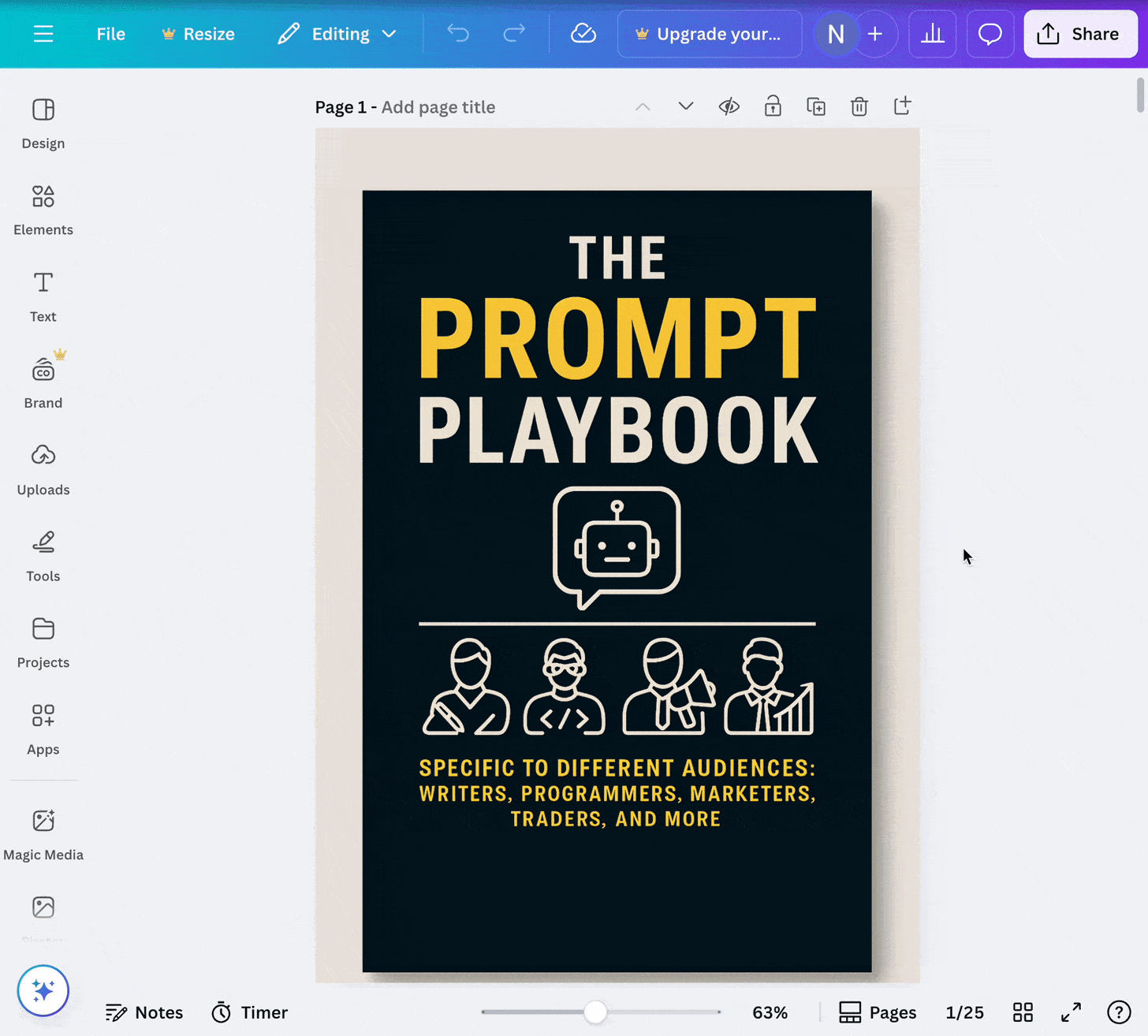
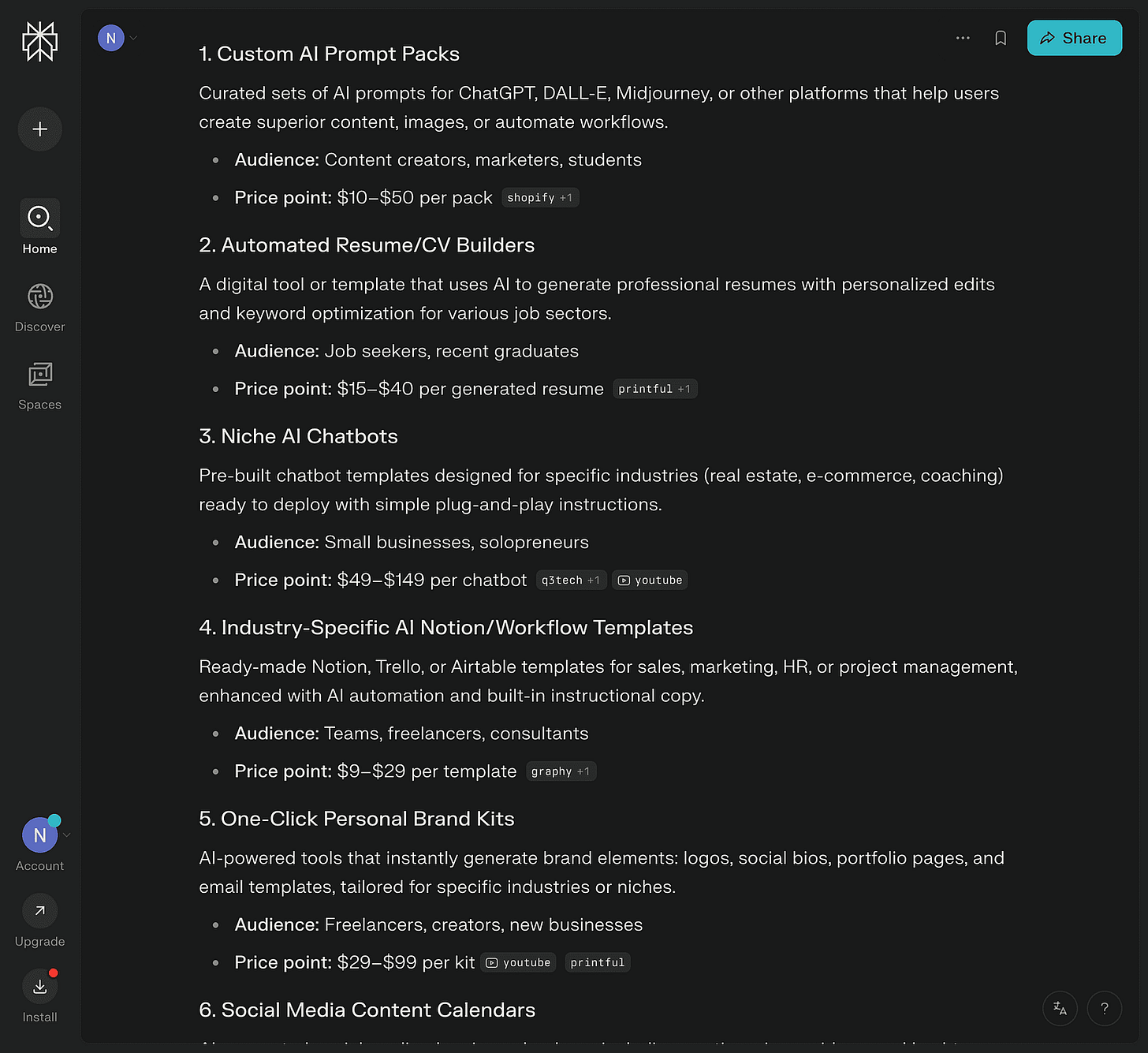
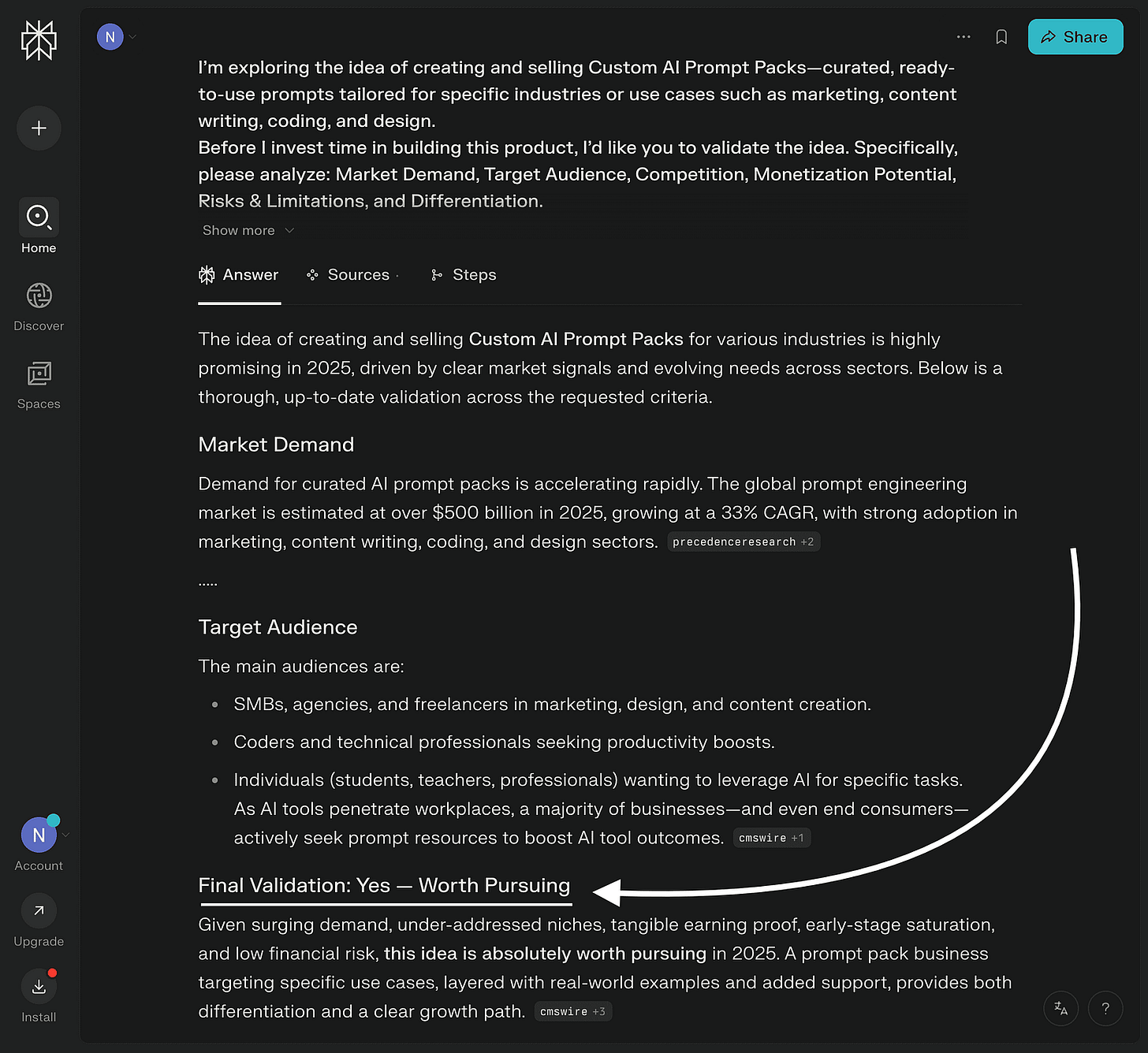
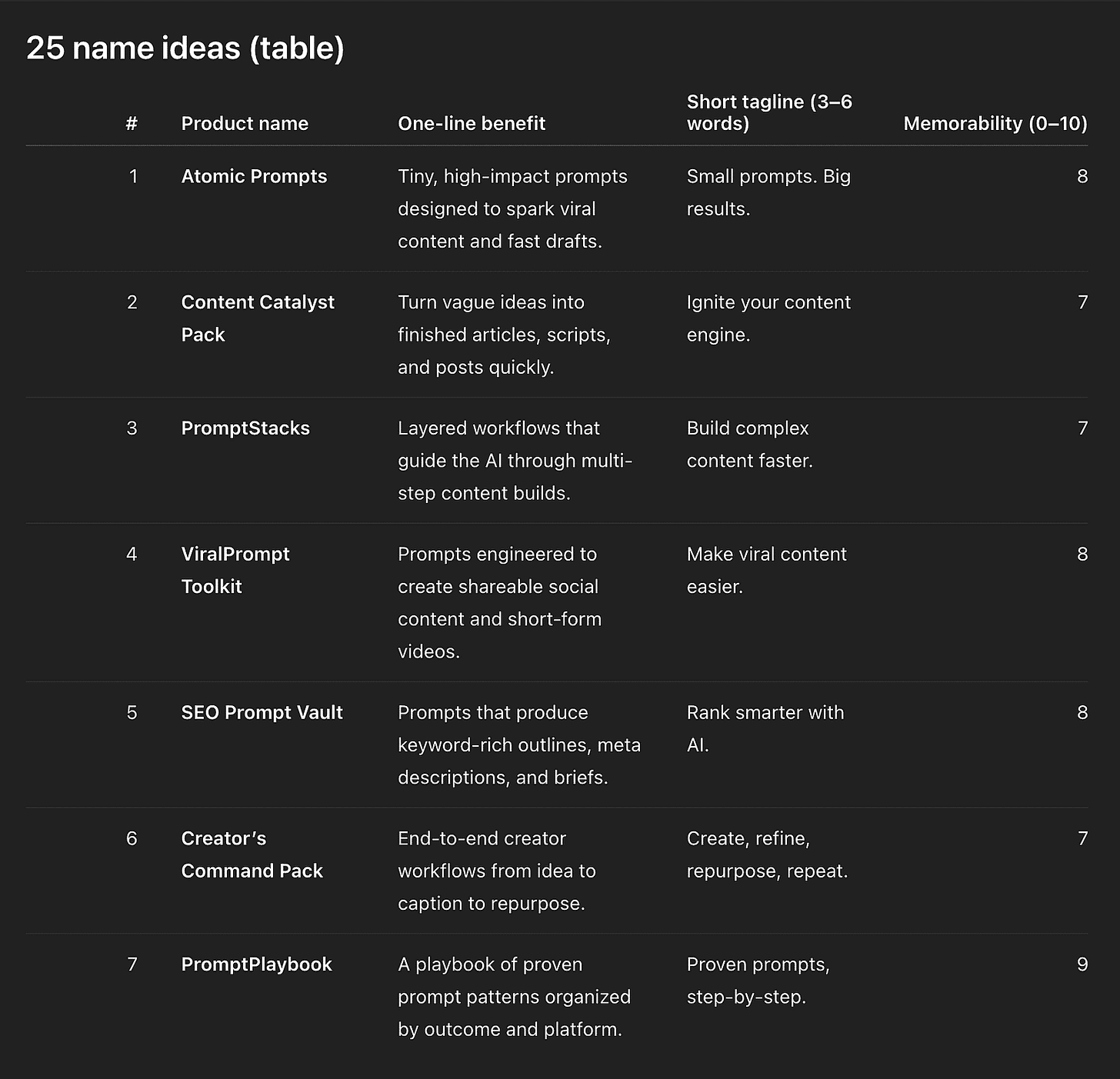
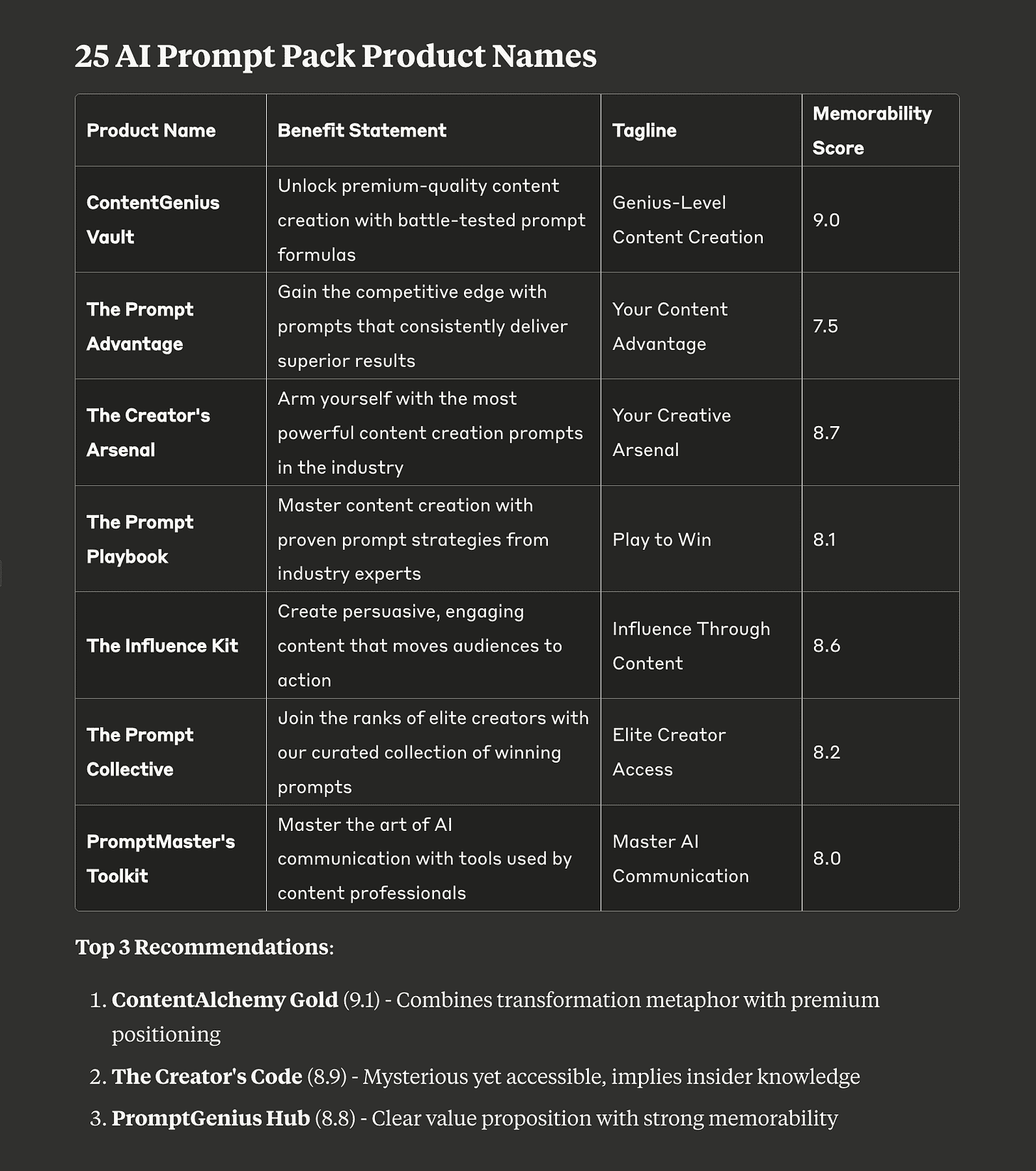
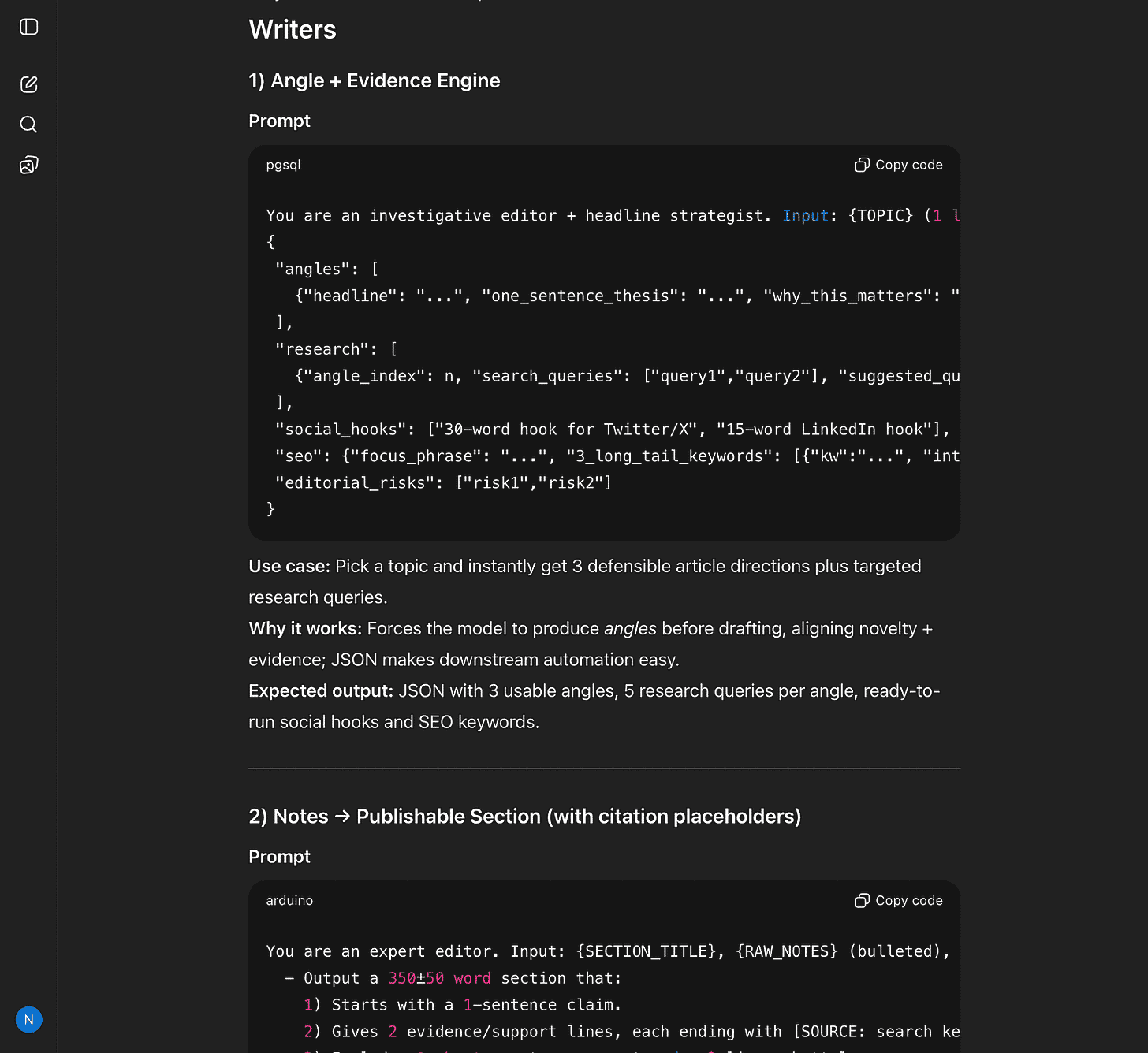

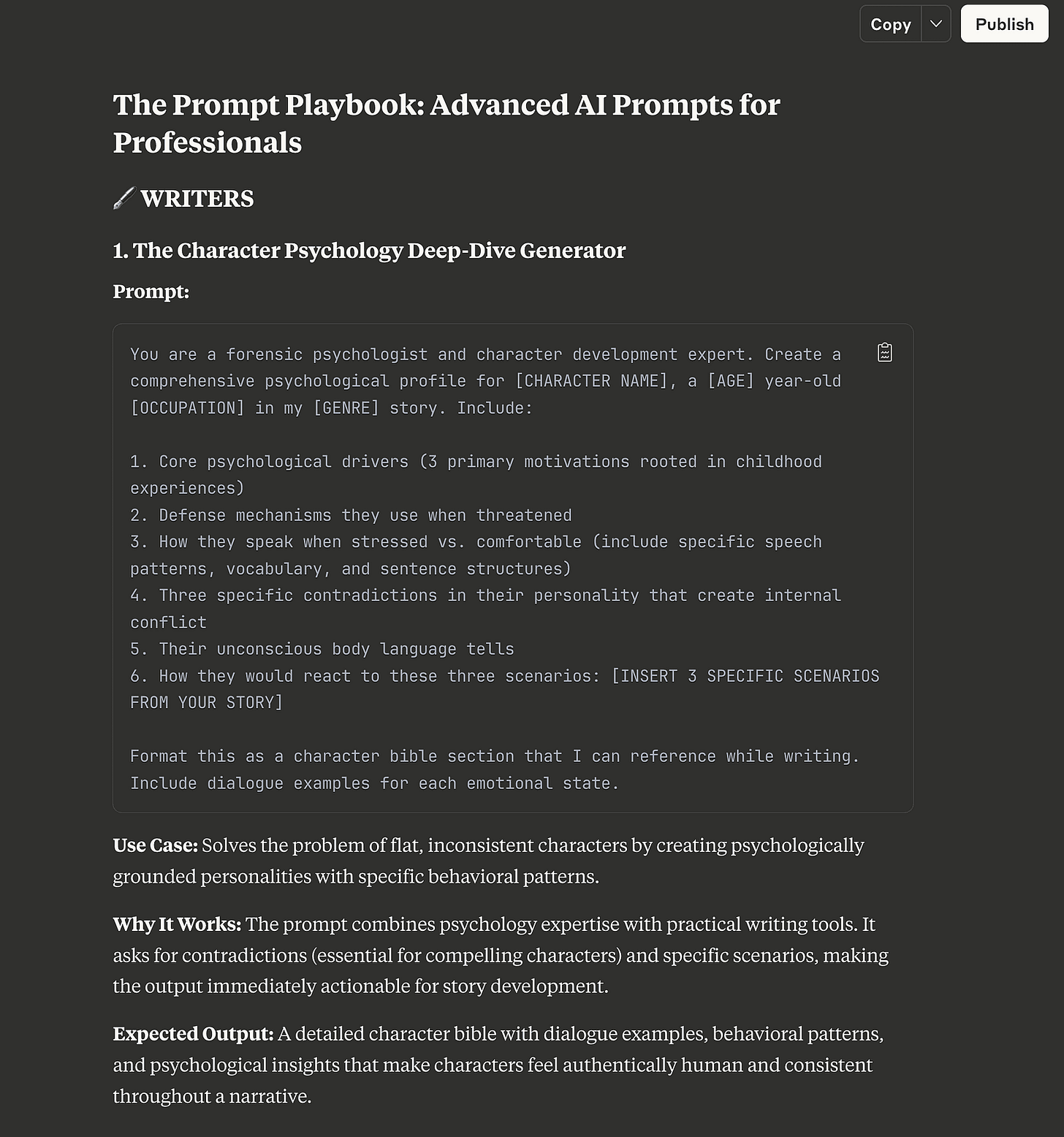
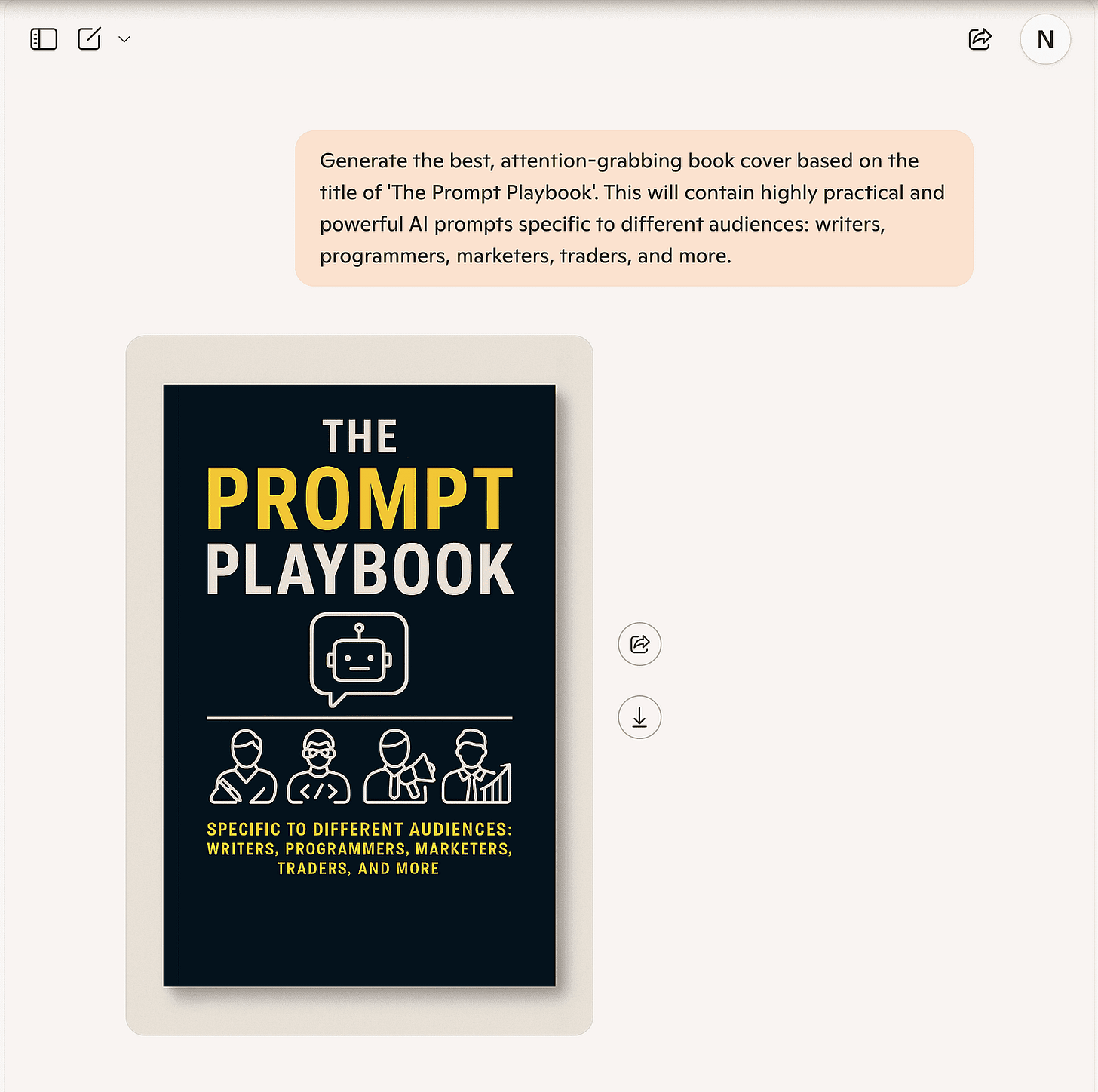
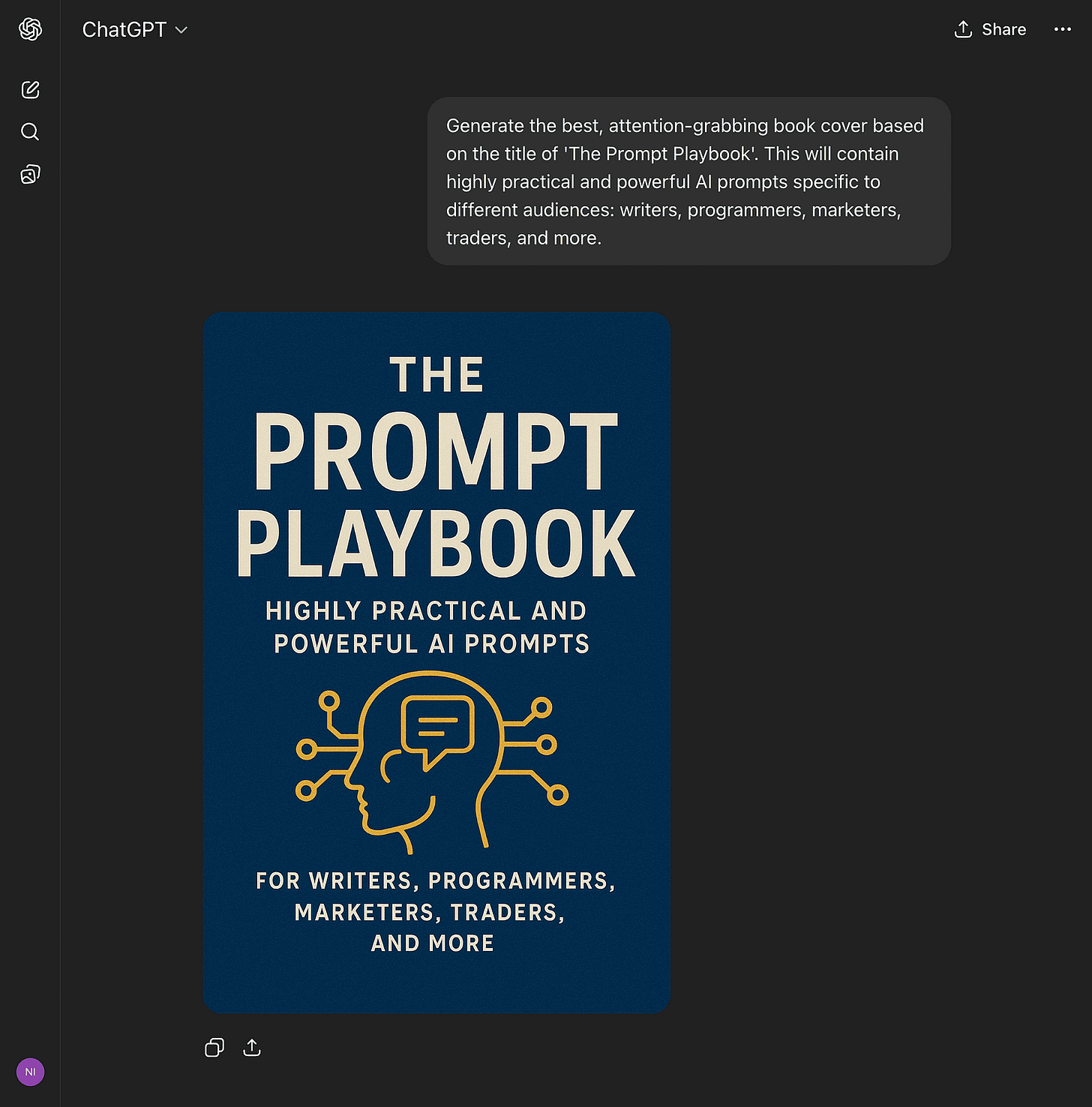

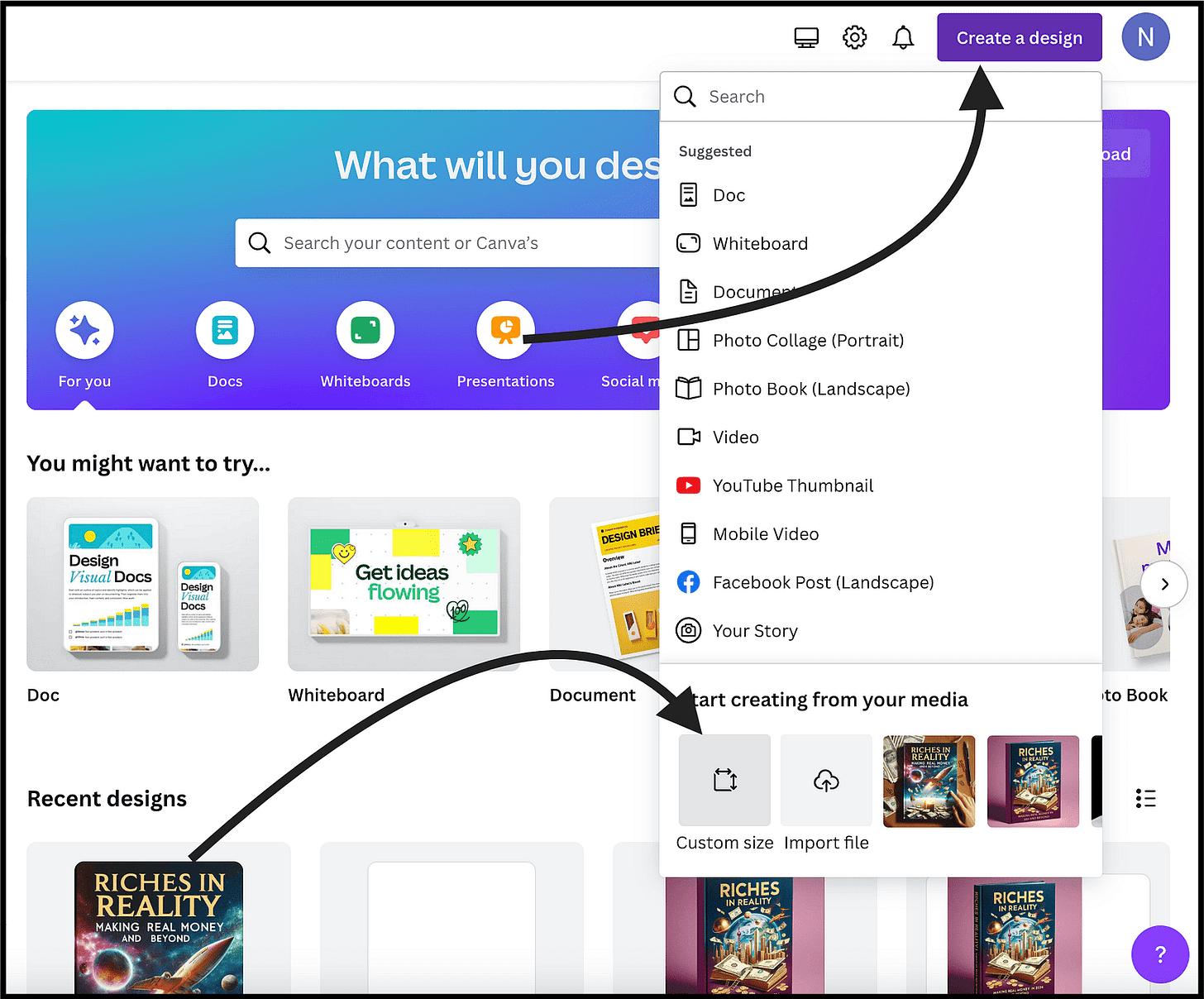
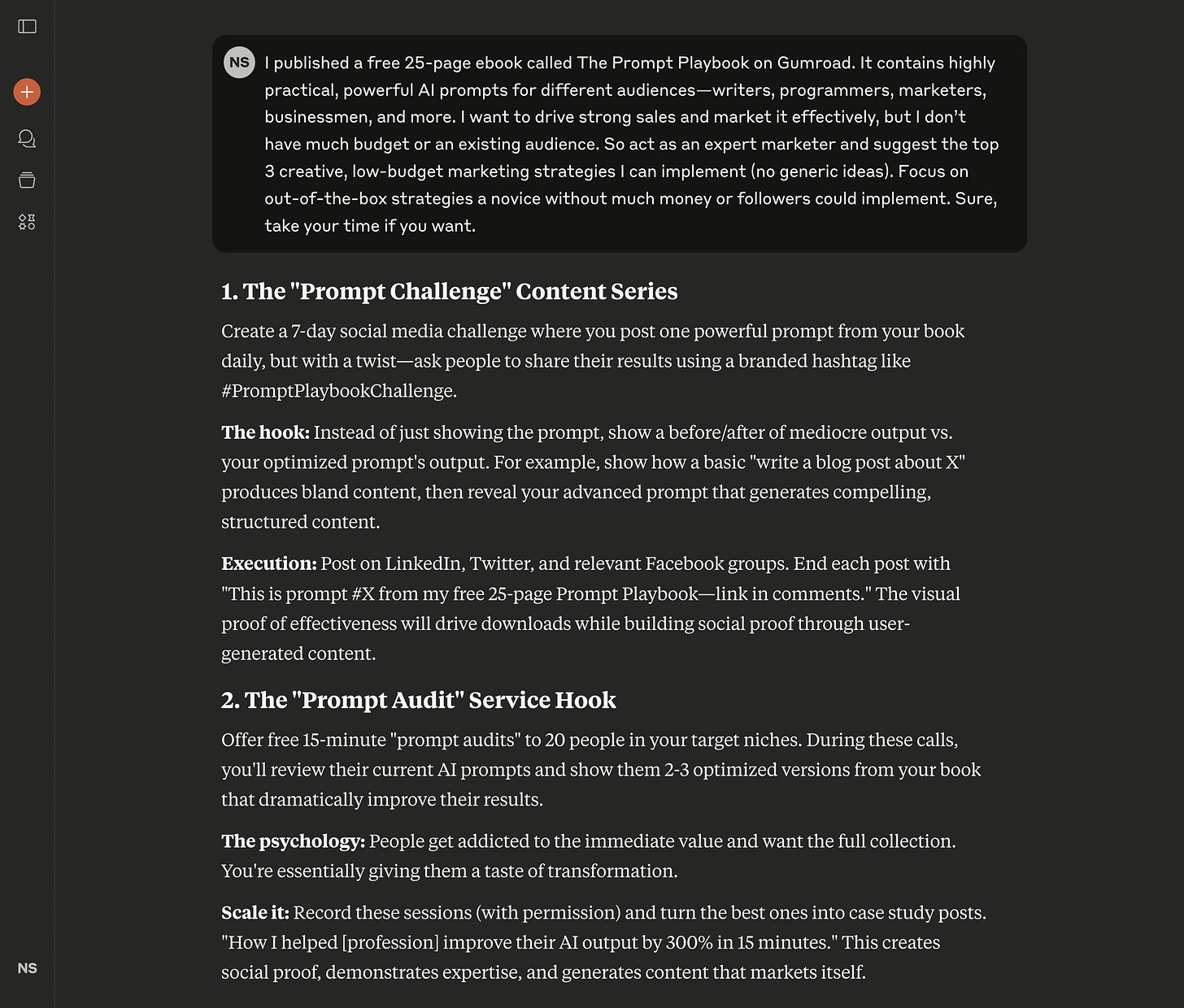

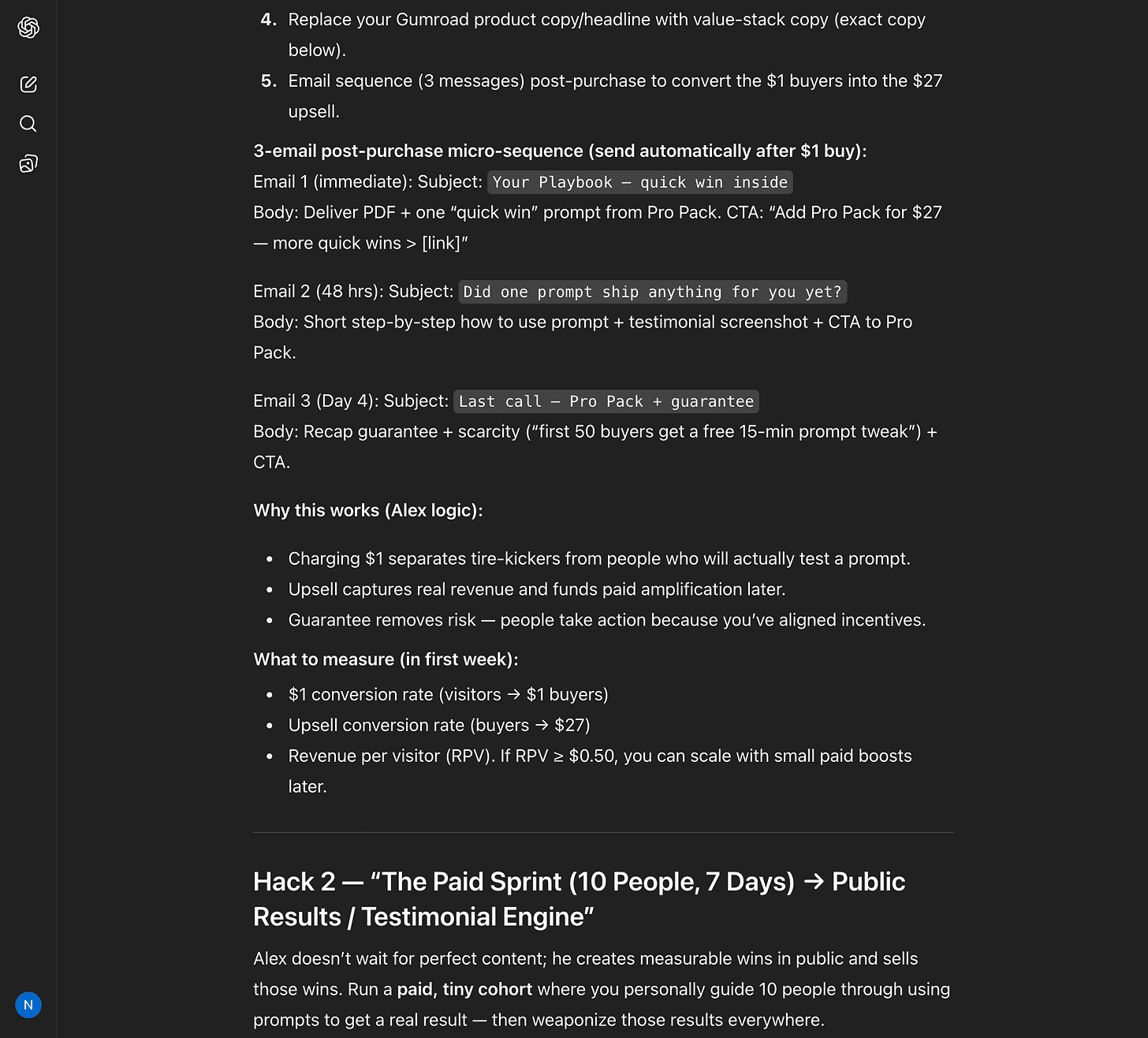
Great prompt- I’ve got some excellent ideas now!
Some very good tips and insights - thanks for sharing ⭐